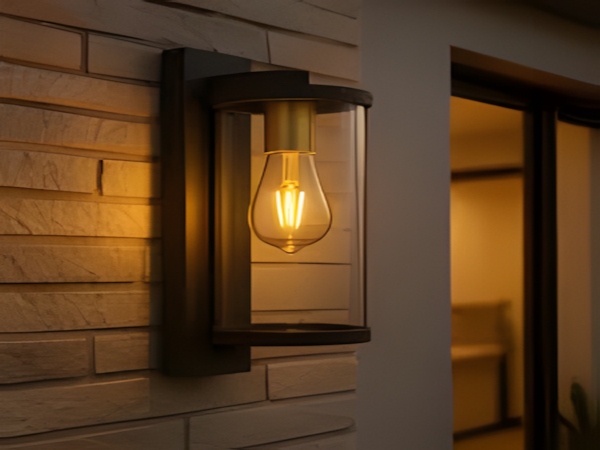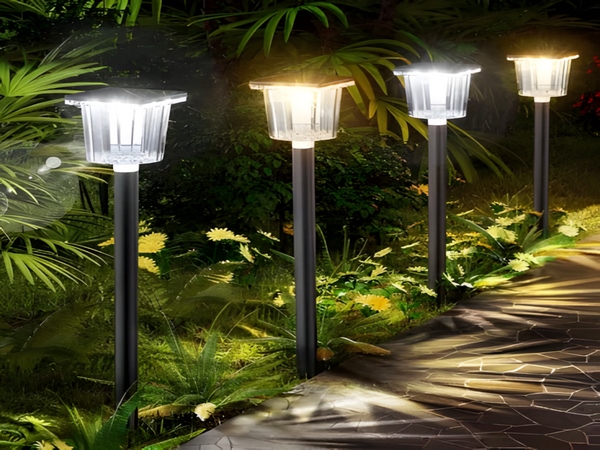
Park green space
When installing LED landscape lights and arranging electrical lines, it is necessary to plan thoughtfully and ensure a reasonable layout. The installation of LED landscape lights in gardens should be cost-effective and easy to maintain. Most importantly, the layout of the lines should not affect the landscape. Power supply points should be as close to the consumption points as possible, with routes preferably laid along one side of the road without impacting surrounding buildings, scenery, or traffic.
The terrain should be as level as possible, avoiding waterlogged areas and places prone to flash floods or tidal changes.
At specific power consumption points, future development needs should be considered. Do not fill all positions at once; leave sufficient connections and sockets, preferably in areas where activities can be conducted. Therefore, considerations for electrical issues should be incorporated into the site planning of the park green space.
The configuration of LED landscape lights can be divided into two main categories:

Overhead lines and underground cables: Overhead line projects are simple, require less investment, and are easy to maintain; however, they impact the landscape, obstruct planting, and have poor safety. The advantages and disadvantages of underground cables are the opposite of those of overhead lines.
Currently, in park green spaces, underground cables are used whenever possible. Although the initial investment is higher, it is still economically reasonable from a long-term perspective and in terms of fulfilling landscaping functions!

LED landscape light manufacturers are dedicated to the research, development, production, and sales of LED outdoor lighting fixtures and project installation design.



